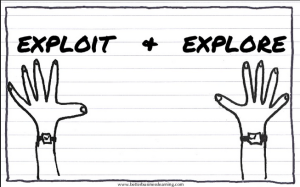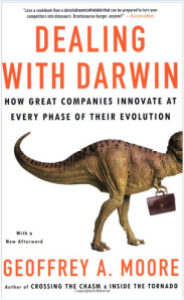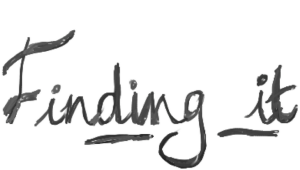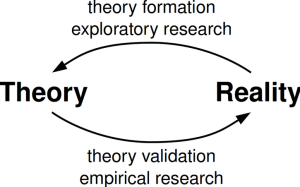 In a recent SIEW Opening Keynote Address, was an opening view by Cedrik Neike, a member of the Managing Board of Siemens AG and CEO Smart Infrastructure on “Accelerating Energy Transformation”, He asked the question to the audience: Are we doing enough?
In a recent SIEW Opening Keynote Address, was an opening view by Cedrik Neike, a member of the Managing Board of Siemens AG and CEO Smart Infrastructure on “Accelerating Energy Transformation”, He asked the question to the audience: Are we doing enough?
Sadly he only had ten minutes. It would have been good to have this opening challenge expanded out so we can all recognize many of the areas that we are not doing enough in our need for the necessary energy transition.
Mr. Neike spoke of the battle we have in the energy and urbanization transformation, the need to accelerate the transition.
So his question sparked my thinking here that in my view, there are four parts to any Urban Transition. Continue reading “So are we doing enough in the Energy and Urbanization Transition?”








